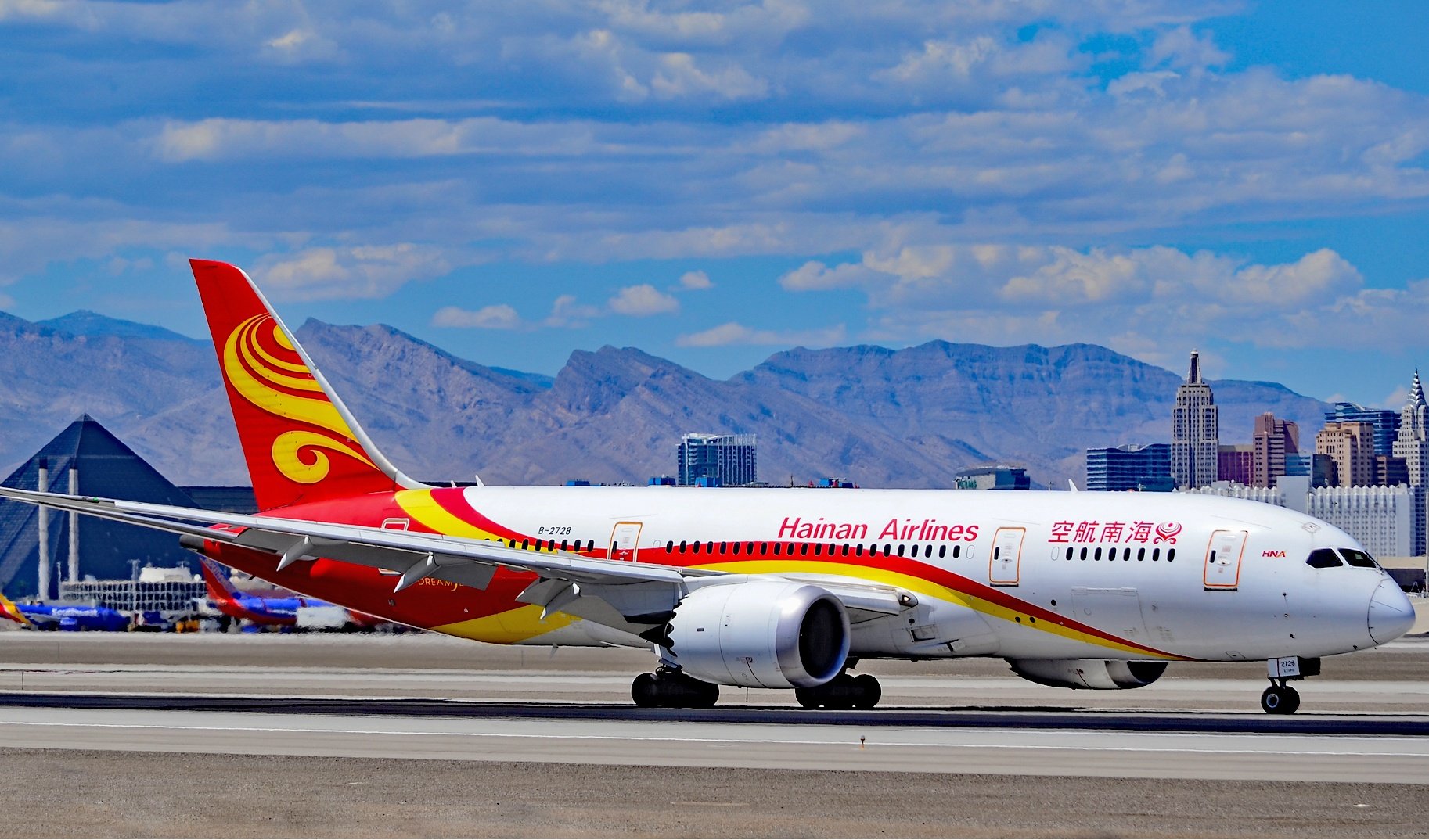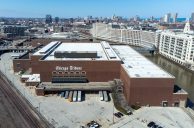International Nonstop Service to Las Vegas Bringing in Big Spenders Via McCarran, Says LVCVA
Posted on: August 19, 2018, 08:00h.
Last updated on: August 17, 2018, 01:30h.
McCarran International Airport in Las Vegas continues to add new nonstop international flights, and the additional routes are successfully bringing more well-heeled visitors happy to drop some change while they’re in town.

That’s according to aviation consultants hired by the Las Vegas Convention and Visitors Authority (LVCVA) who reported the findings this week. The consultants said the airport’s goal of bringing financially advantageous visitors from foreign markets is being realized. The LVCVA works with McCarran in maintaining airline relationships.
Hainan Airlines began nonstop service from Beijing to Las Vegas in December 2016. Then LATAM Airlines began seasonal direct service from Sao Paulo, Brazil, to Las Vegas in June. American Airlines, with its Japan Airlines partnership, plans to provide nonstop service from Tokyo to Las Vegas for CES 2019 in January.
Hainan Airlines has transported 27,385 passengers in and out of Las Vegas in 2018 through June. That’s a 20 percent year-over-year upswing.
International Buzz
According to McCarran’s latest passenger data, arriving and departing traffic is up 3.1 percent in 2018. While domestic flights have increased 2.8 percent, international carriers have grown more than five percent.
The LVCVA’s 2017 Las Vegas Visitor Profile reports that only five percent of tourists said they were simply “passing through.” The majority — 43 percent — came to stay and play for a while.
Sixteen percent arrived to see family or friends, 12 percent traveled for a convention, and just six percent said their primary reason to come to town was to gamble.
The annual report found that 69 percent of visitors where Caucasian, while just four percent were Asian or Asian-American. The US overwhelmingly accounted for the most visitors to Sin City (84 percent).
Asians Market Thriving
The LVCVA’s finding that gaming per se is becoming less and less of a draw isn’t surprising.
For nearly all Americans, there are now places to gamble that are much closer than Las Vegas, which is why the city’s resorts have reinvented themselves as places to eat, drink, shop, and occasionally gamble,” UNLV Center for Gaming Research Executive Director David Schwartz wrote recently in Forbes.
But many aboard Hainan’s three weekly nonstop flights into Vegas are indeed coming to gamble. Largely outlawed in China — Macau being the obvious exception — Chinese nationals can hop on a plane in Beijing and arrive in Las Vegas 12 hours later.
McCarran and the LVCVA are committed to making sure Asian arrivals continue to grow, and spend $7,500 a month on consulting services for “best practices for becoming China ready.” That includes small details to make visitors feel more at home: the terminal Hainan uses at McCarran now has a water fountain that dispenses hot water for tea.
Though Las Vegas’ last attempt at an Asian-themed casino, the Lucky Dragon, failed, work is progressing at Resorts World on the Strip. The Genting Group multibillion-dollar casino resort is expected to market heavily to Chinese visitors, and is slated to open in 2020.
Related News Articles
Tokyo Casino on the Horizon? City Prepares Impact Study
JPMorgan Forecasts Macau Gross Gaming Revenue Slowdown in 2019
Most Popular
Mirage Las Vegas Demolition to Start Next Week, Atrium a Goner
Where All the Mirage Relics Will Go
Most Commented
-
Bally’s Facing Five Months of Daily Demolition for Chicago Casino
— June 18, 2024 — 12 Comments














